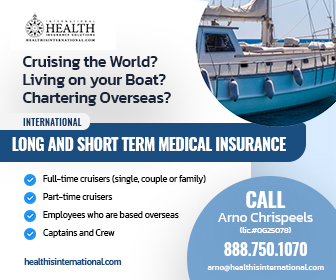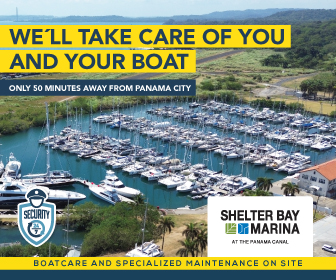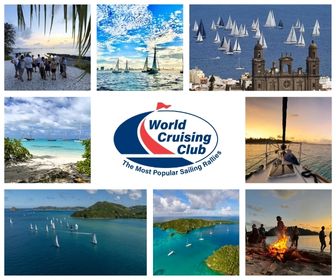Caribbean: Hurricane Beryl Recovery Continues 12 Months On
Hurricane Beryl hit St. Vincent and the Grenadines in the Caribbean in July 2024 as a powerful Category 4 hurricane, devastating many islands including Carriacou, Petite Martinique and the lower Grenadine islands. One year later, David Lyman, writing for Caribbean Compass magazine says the islands are green again, but many islanders are worried about what the 2025 Atlantic Hurricane season may bring.
Published 5 months ago
Reprinted with Permission from Caribbean Compass
Hurricane Beryl Recovery: The Islands Are Green Again
by David H. Lyman
Hurricane Beryl came through the Grenadines on July 1, 2024, as a Category 4. It was a surprise. It was devastating. More than 90 percent of the buildings were uninhabitable on the islands of Carriacou, Petite Martinique and the lower Grenadine islands Union Island, Mayreau, and Canouan.
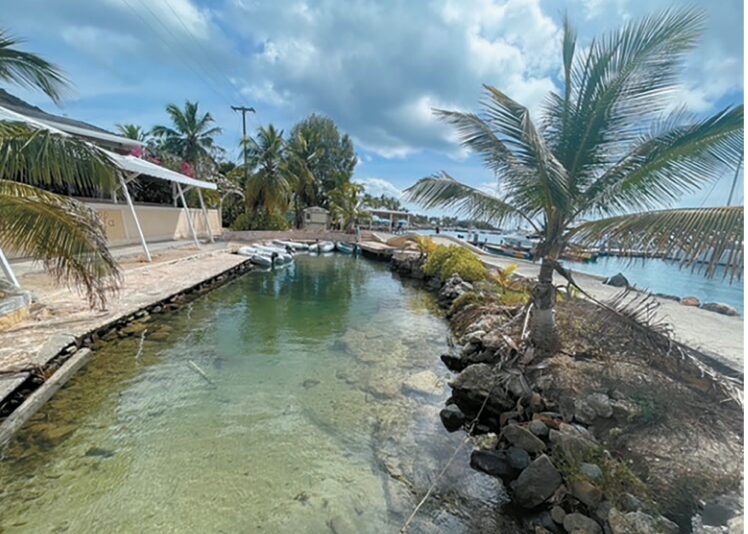

Beryl brushed Bequia and the northern coast of Grenada, then swept over the Yucatán, intensified in the Gulf of Mexico and came ashore, flooding Texas and killing 42 people. There were 18 named storms last season and 11 hurricanes, five of which were major hurricanes: Beryl as a Category 5 and Helena, which caused catastrophic flooding and numerous fatalities in central Appalachia in the United States, as a Category 4.
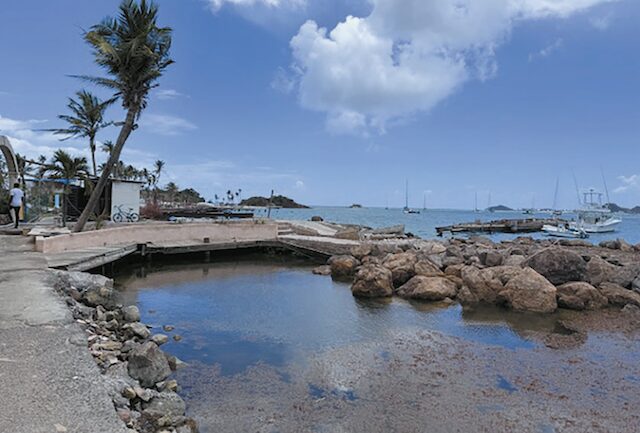

This season, Colorado State University’s Hurricane Center predicts 17 storms and nine hurricanes, with four of them major events . Union and Carriacou islands were quiet when I was there in the late winter of 2024. Tropical storms rarely bother these southern islands — the last hurricanes to visit were Ivan in 2005 and Emily in 2004 — leading to a complacency that was cruelly shattered. So although life went on as it has for generations, Beryl will be remembered for generations to come.
Now in the spring of 2025, Carriacou is again green, Sarah Schelbert wrote me. She and her 36-foot sloop, Alani, survived in the mangroves in Tyrell Bay. “Many businesses have opened back up and life seems almost back to normal,” she wrote. “The majority of the roofs have been rebuilt — the blue tarpaulins replaced. Lots of damaged and mastless sailboats still in Tyrell Bay, for sure.
The Grenadian government’s efforts to remove damaged boats from the mangroves and beaches are worth mentioning. And the incredible resilience of the Cayaks after the complete devastation of the island. So many times I have heard “We have life! That’s all that matters.” Cole and Emily Crews rode out Beryl in Grenada on their 2016 Leopard 44 catamaran and then sailed to Carriacou, ferrying generators, tools and supplies, as did dozens of fellow cruisers. The couple created an informative video on Carriacou’s comeback and the rebuilding efforts six months following Beryl’s visit. You’ll find it on their YouTube channel.
Getting Back to Normal
When I spoke with Carriacou resident Lorraine Seatle, she told me things were getting back to normal, but: “There are way too many blue tarps on roofless homes. With no roof, there’s no way to collect rainwater. There’s no groundwater here and the desalination plant is only operational part-time. I had to buy water from a private source.”
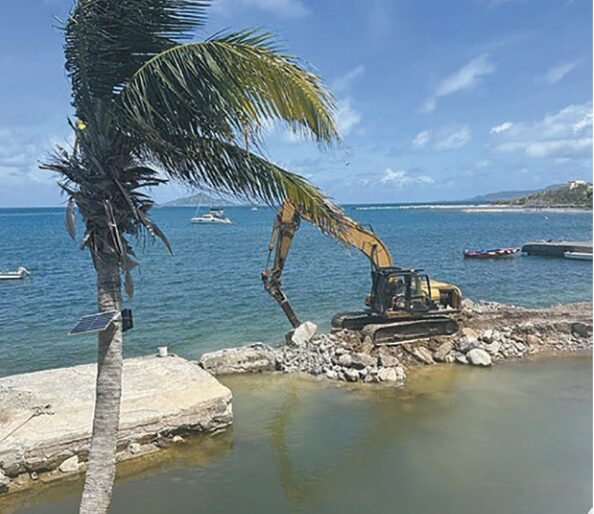

Lorraine lost the roof on her house and wasn’t able to move back in for six months. With another hurricane season ahead, I asked how she was feeling; she replied, “Terrified.” Over on Union Island, the villages of Clifton and Ashton have been slow to recover. A year later, roofs are still missing, the landscape is littered with debris, and the people and vegetation are struggling.
Alizée Sailly, from the Bougainvilla Hotel on Clifton Harbor, Union Island, wrote this to me: “The entire island had been completely destroyed. As soon as the hurricane passed, Bougainvilla became the hub for food, water, internet, and shelter. We set up our Starlink so residents could contact friends and family and let them know they were okay. “We removed the debris around the property, cleaned up all the rooms, and covered the roof with tarps so that we could house as many people as possible. “My father, Jean Marc, has a fleet of four charter catamarans, which he sent to Martinique and Barbados to collect donations of building materials and supplies. “The humanitarian vessel M/V DAWN arrived and helped right from the start. The airport was open immediately after the hurricane. Emergency medical supplies and food were flown in daily, and injured people evacuated. The World Central Kitchen flew in fresh sandwiches, fruit, and water by helicopter every day for a month, then based themselves in Bougainvilla to distribute food and drinks from there.”
A wealthy property owner on Canouan, Ian Wace, a British financier and philanthropist, stepped in and, working with the St. Vincent government, brought in crews and trucks to clear the roads and begin the rebuilding. Things are getting better day by day. The beach bars on Chatham Bay, on the west side of Union Island, were wiped out but are slowly returning. Under a makeshift tent, Vanessa’s was cooking up lobsters when the crew of The Dove came ashore in May. It is quiet in the middle of the Atlantic now, but the season just began last month. Four more months of anticipation and worry while islanders rebuild and prepare for what’s to come.
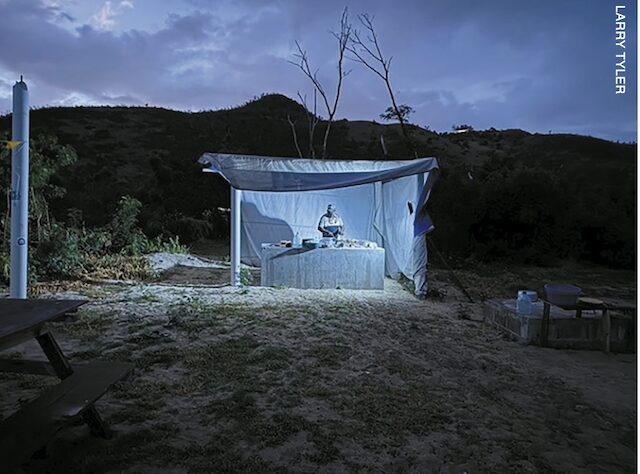

………………………………
Related Links:
………………………………
The opinions expressed in this article are the author’s own and do not reflect the view of Noonsite.com or World Cruising Club.
Find out all news, reports, links and comments posted on Noonsite, plus cruising information from around the world, by subscribing to our FREE monthly newsletter. Go to https://www.noonsite.com/newsletter/.
Related to following destinations: Bequia, Blue Lagoon, Britannia Bay - Lovell, Canouan, Chateaubelair, Kingstown, Mayreau, Mustique, Ottley Hall, Port Elizabeth (Bequia), St. Vincent, St. Vincent & the Grenadines, The Grenadines, Tobago Cays, Union Island, Wallilabou Bay, Young Island Cut
Related to the following Cruising Resources: Hurricanes and Tropical Cyclones, Weather




